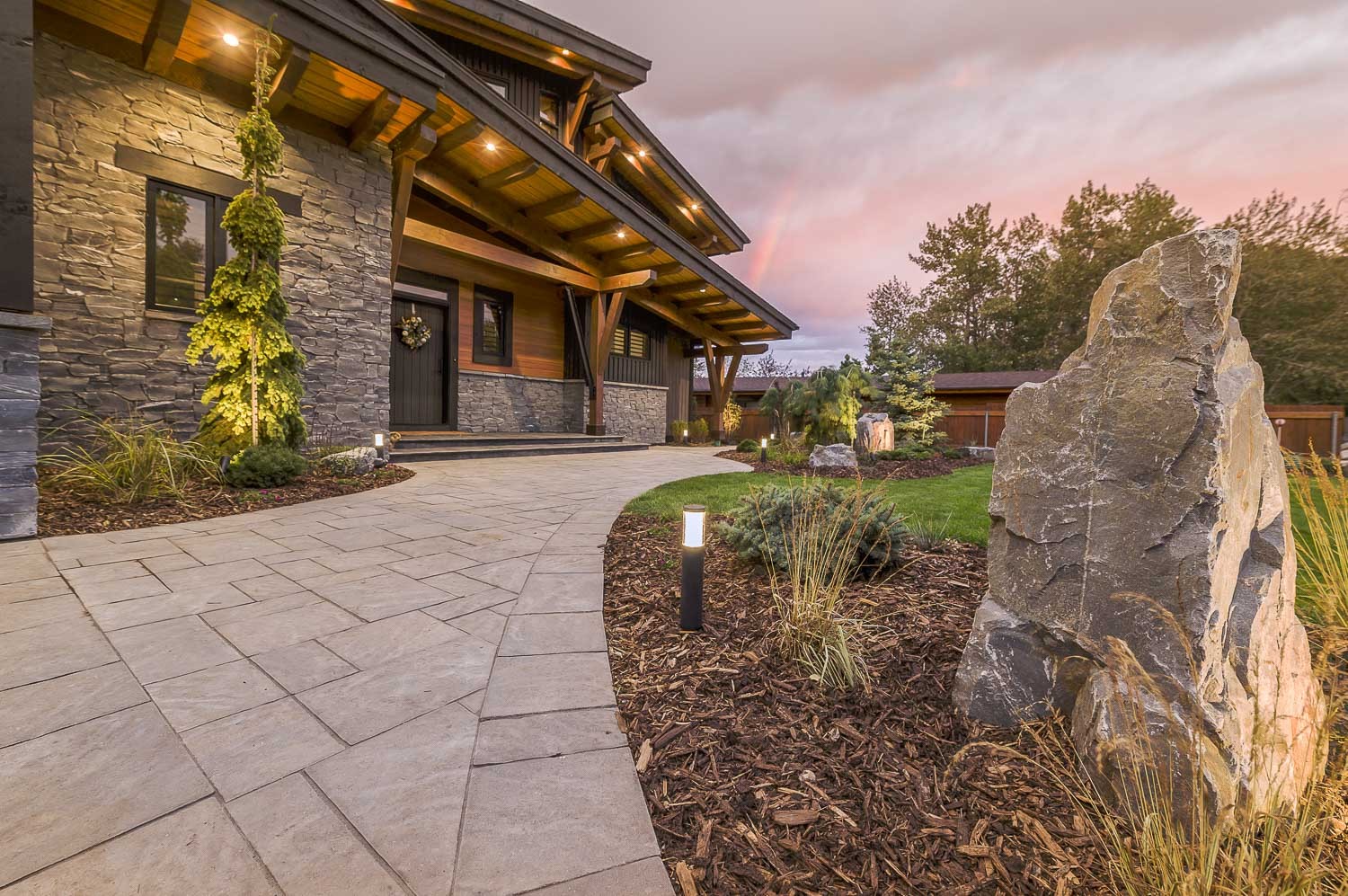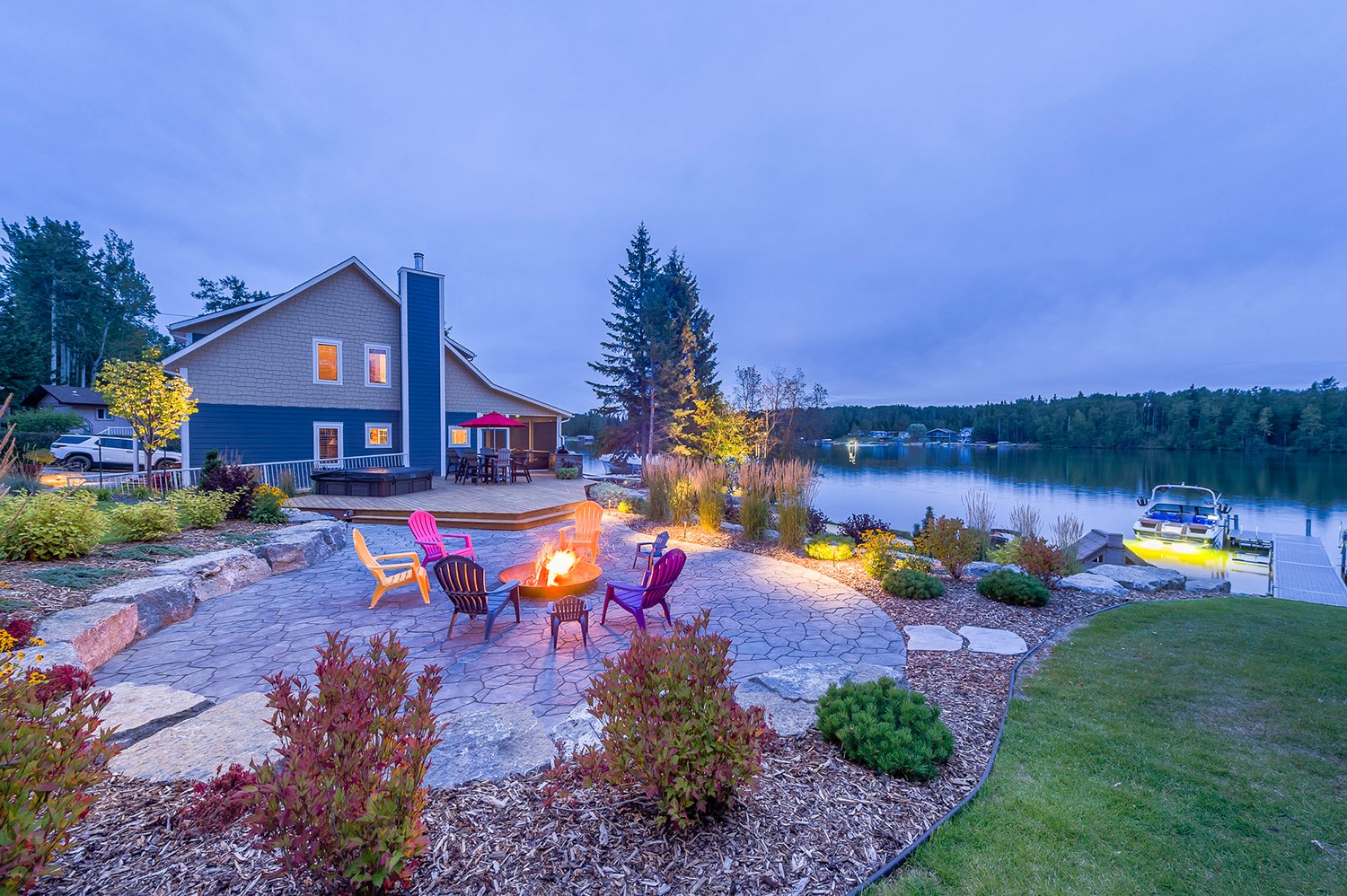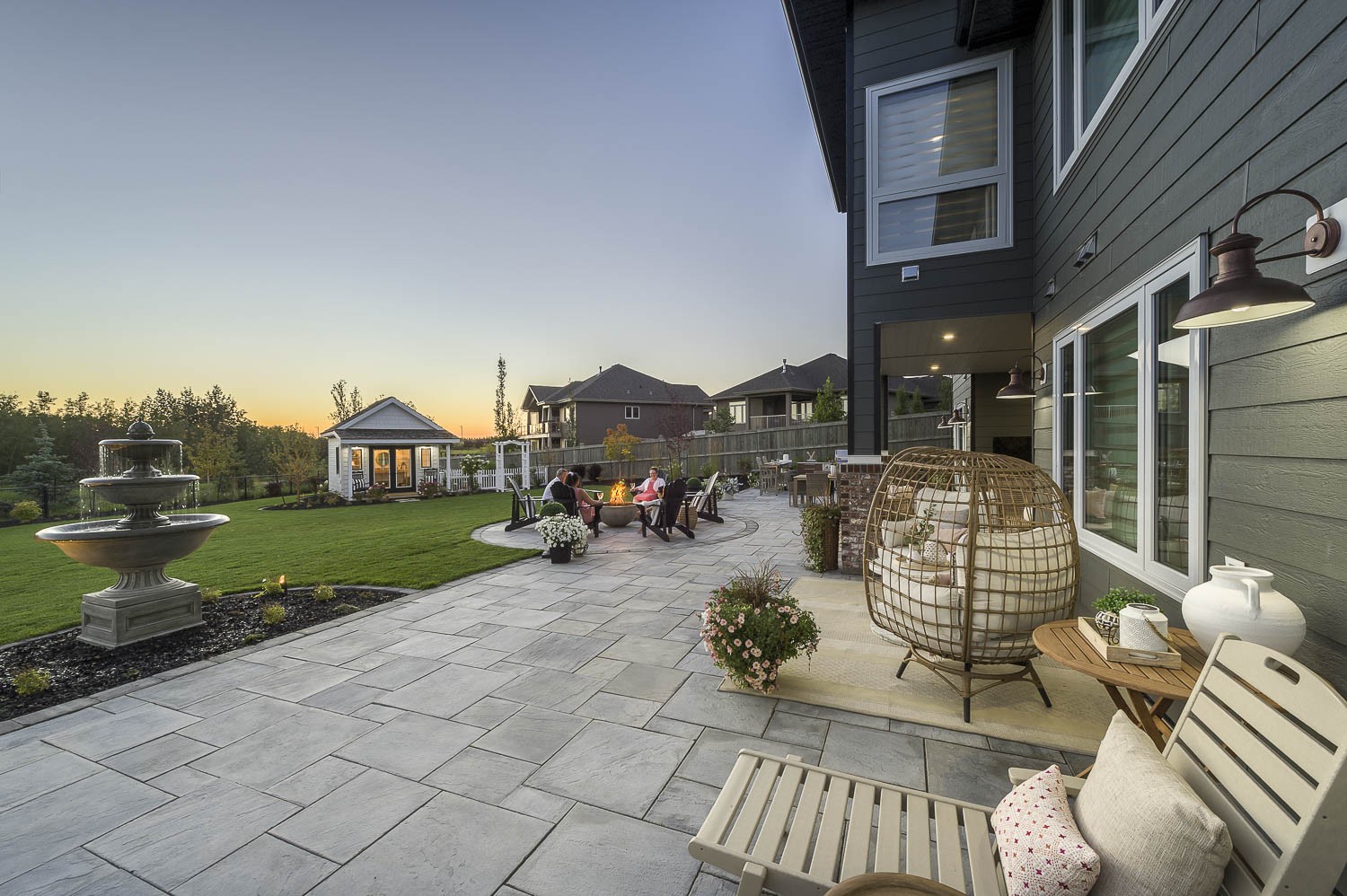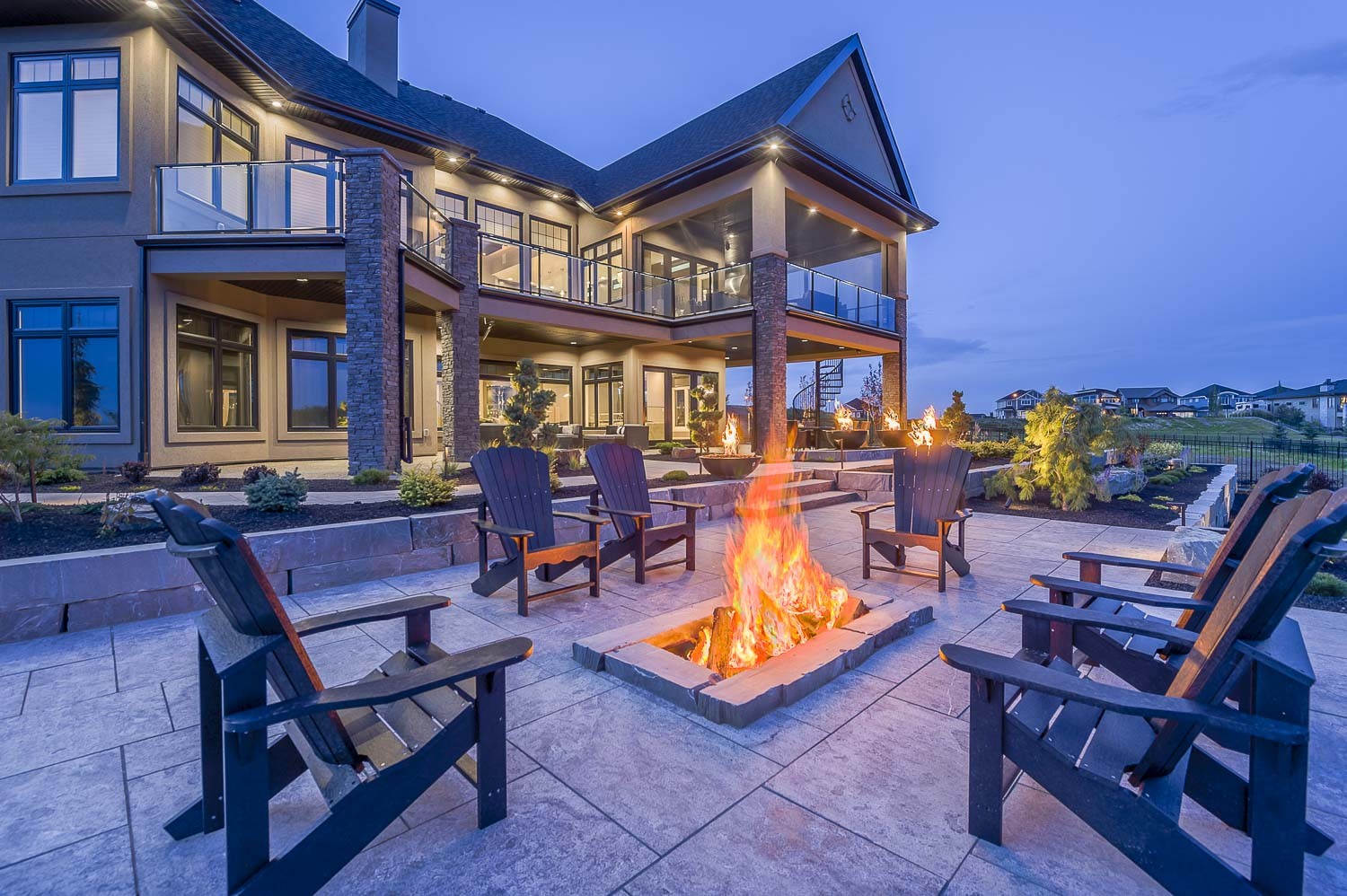Blog
Transforming Spaces with Landscaping

Are you tired of looking at the same old boring yard every day? It's time to shake things up and transform your outdoor space with some landscaping magic! From lush gardens to inviting patios, the possibilities are endless when it comes to creating a beautiful oasis right in your own backyard. Join us as we explore the art of transforming spaces with landscaping and get ready to be inspired to create a stunning outdoor retreat that will have everyone talking.
Understanding Landscaping: What is it and how does it transform spaces?
Landscaping is the art and science of planning, designing, and maintaining outdoor spaces. It involves enhancing the natural features of a land to create a functional and aesthetically pleasing environment. From small residential gardens to large public parks, landscaping has the power to transform any space into an inviting and beautiful setting.
At its core, landscaping is about creating balance between nature and human-made elements. This can range from adding plants and flowers to incorporating hardscape features such as patios, walkways, and water features. By carefully arranging these elements, landscapers are able to manipulate the visual appeal of a space while also considering its practical use.
Landscaping not only transforms spaces but also has numerous benefits for both individuals and communities. In residential settings, it can increase property value by enhancing curb appeal and providing an attractive outdoor living area for homeowners to enjoy. It also promotes relaxation and stress relief by providing a serene environment that encourages people to spend time outdoors.
Landscaping is an essential aspect of urban planning that plays a significant role in enhancing the quality of life in both residential and commercial settings. It involves a combination of technical skills, creativity, and an understanding of natural systems to create beautiful and functional outdoor spaces that improve the well-being of individuals and communities alike. So whether you are looking to transform your backyard or create a green space for your community, landscaping is the key to achieving a truly stunning and functional outdoor environment.
Modern Hardscaping: Using building materials to create a sleek and contemporary look
Hardscaping is an essential element in modern landscaping design. It involves the use of hard, non-plant elements such as concrete, stone, and wood to create functional and visually appealing outdoor spaces. These materials have become increasingly popular due to their versatility, durability, and ability to add a sleek and contemporary look to any landscape.
One of the most commonly used materials in modern hardscaping is concrete. Its smooth finish and clean lines make it ideal for creating minimalist outdoor spaces. Concrete can be poured into various shapes, making it suitable for customizing walkways, patios, and even retaining walls. With the addition of color pigments or staining techniques, concrete can also mimic the appearance of more expensive materials like marble or granite.
Stone is another popular material in modern hardscaping design. Its natural look adds texture and warmth to outdoor spaces while maintaining a contemporary feel. There are various types of stone that can be used in hardscaping such as flagstone, limestone, and slate. Each type offers unique characteristics that can enhance different areas of a landscape.
Wood has also gained popularity in modern hardscaping design due to its natural beauty and warmth. It provides a contrast against hard elements like concrete or stone while softening the overall look of a space. Wood can be used in various forms such as decking, pergolas, seating areas or even raised planters.

Minimalist Gardens: How less can be more when it comes to greenery and design
The key to a successful minimalist garden lies in its simplicity. This means using only a few carefully chosen plants, with clean lines and a limited color palette. By keeping things simple, each element in the garden can shine without being overshadowed by too many other elements.
In terms of design, minimalist gardens often incorporate geometric shapes and symmetry. This creates a sense of balance and order, which is essential for achieving that sleek and modern look. Some popular choices for minimalist gardens include rectangular planters or raised beds, straight pathways made from stone or gravel, and perfectly trimmed hedges.
When it comes to choosing plants for a minimalist garden, less is definitely more. Instead of filling your space with various types of flowers and shrubs, focus on selecting just a few varieties that complement each other well. Plants with clean lines such as ornamental grasses or succulents work best in this type of garden. Stick to a neutral color scheme to maintain that minimalistic feel – shades of green, white, and grey are ideal choices.
Aside from their visual appeal and low maintenance requirements, minimalist gardens also offer numerous environmental benefits. By using fewer resources such as water, fertilizer, and pesticides, these gardens are more sustainable and eco-friendly. They also contribute to biodiversity by providing a simple habitat for insects and other small animals.
Smart Irrigation Systems: Incorporating technology for efficient watering
One of the key components of smart irrigation systems is weather-based controllers. These controllers use real-time weather data to adjust watering schedules according to current and forecasted weather conditions. This ensures that plants are only watered when necessary, preventing over-watering and reducing water waste. Some advanced controllers can even access local weather data through Wi-Fi or cellular connections, making adjustments in real-time for optimal efficiency.
Another important feature of smart irrigation systems is soil moisture sensors. These sensors measure the amount of moisture in the soil and relay this information to the controller. Based on this data, the controller can determine when it's time to water and for how long, ensuring that plants receive just the right amount of water they need.
In addition to automated watering schedules, some smart irrigation systems also offer remote control capabilities through smartphone apps. This allows users to monitor and adjust their irrigation system from anywhere at any time. For example, if a sudden rainstorm occurs while you're away from home, you can easily turn off your sprinklers using your phone to avoid unnecessary watering.
Furthermore, many smart irrigation systems come equipped with flow meters that track how much water is being used in real-time. This helps identify potential leaks or issues with the system that may be causing excessive water usage. By catching these issues early on, homeowners can save money on their utility bills as well as conserve precious resources.
Not only do smart irrigation systems help save water and money, but they also contribute to healthier landscapes by providing targeted watering based on specific plant needs. Traditional sprinkler systems often result in uneven distribution of water leading to over-watering some areas while under-watering others. With smart irrigation systems' precise controls and customized settings for different zones within a landscape, plants receive the right amount of water for their individual needs.
Other Transformative Techniques: Vertical gardens, outdoor lighting
In addition to the traditional landscaping techniques discussed above, there are also other transformative techniques that can be used to elevate and enhance outdoor spaces. Two of these techniques include vertical gardens and outdoor lighting.
Vertical gardens, also known as green walls or living walls, have gained popularity in recent years as a way to bring nature into urban spaces. These gardens utilize vertical surfaces such as walls or fences to create a lush and vibrant display of plants. Not only do they add beauty to an outdoor space, but they also offer several benefits such as improving air quality, reducing noise pollution, and providing insulation for buildings. Vertical gardens can be created using a variety of materials including trellises, modular panels, or even repurposed items such as pallets.
Outdoor lighting is another transformative technique that can completely change the ambiance of an outdoor space. It not only extends the usability of the space into the evening hours but also adds drama and depth to the landscape design. There are various types of outdoor lighting options available such as string lights, spotlights, path lights, and even solar-powered options. When strategically placed throughout a garden or patio area, these lights can highlight key features such as plants or architectural elements while creating a warm and inviting atmosphere.
When considering incorporating these techniques into your landscape design, it is important to keep in mind certain factors in order to achieve optimal results. For vertical gardens, it is essential to consider the amount of sunlight that will reach each plant based on its location on the wall. Choosing plants that thrive in low light conditions for shaded areas and those that require full sun for sunnier spots will ensure healthy growth. Additionally, it is crucial to consider irrigation systems for proper watering.
Similarly with outdoor lighting, careful planning is necessary when deciding on placement and type of lights used. The goal should be to create a balance between functional illumination and aesthetic impact without causing light pollution or glare issues for neighboring properties.
Lastly, landscaping is not just about creating a visually appealing outdoor space, but it also has the power to transform and enhance our living spaces. By incorporating elements such as plants, hardscaping, and water features, we can create a harmonious environment that reflects our personal style and enhances our quality of life. So whether you are looking to revamp your backyard or add some greenery to your office building, consider these tips for transforming spaces with landscaping. The possibilities are endless when it comes to creating an inviting a


